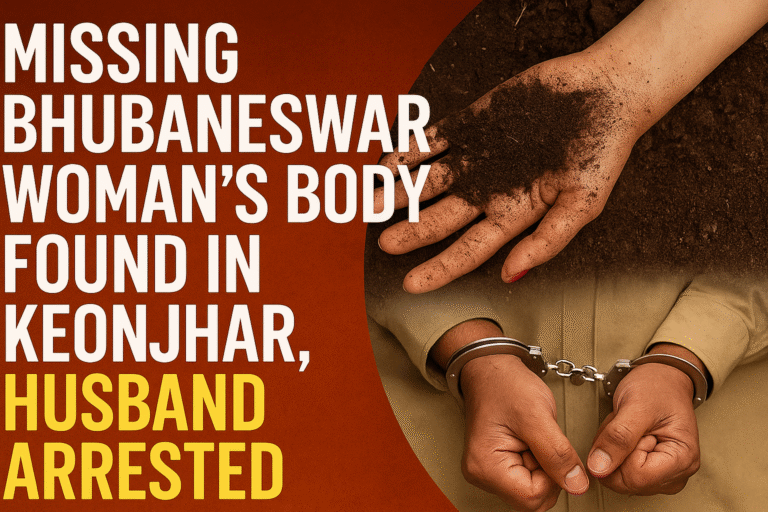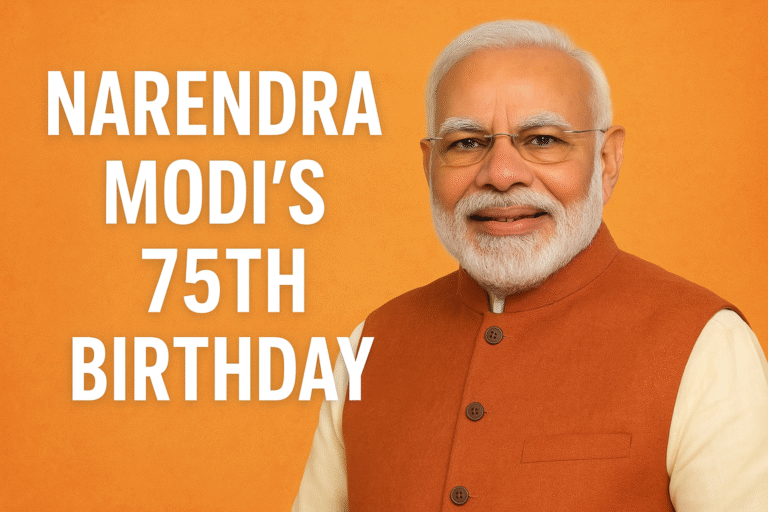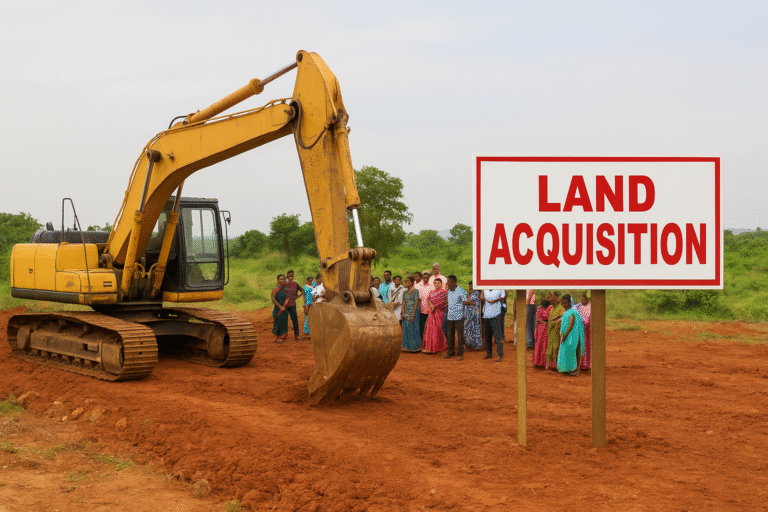JSW–POSCO Steel Plant Faces Strong Protest by JPM and Locals in Keonjhar
Keonjhar, Odisha — A strong wave of protest has risen in Odisha’s Keonjhar district over the announcement of a large steel plant by JSW Group and South Korea’s POSCO. The main groups leading the resistance are Jindal Pratirodh Sangram Samiti (JPM), along with the well-known POSCO Pratirodh Sangram Samiti (PPSS) and Lok Shakti Abhiyan.

What’s Happening in Keonjhar
At a press meet in August 2025, Odisha Chief Minister Mohan Charan Majhi revealed that JSW and POSCO will jointly build a 6 million tonnes per annum (MTPA) green-field steel plant in Keonjhar’s Patna region—his home district. He said it would bring industrial growth, improve infrastructure, and generate many jobs.
Who Is Protesting?
- Jindal Pratirodh Sangram Samiti (JPM): A protest movement formed specifically to oppose the Jindal-POSCO project in Keonjhar. JPM is organizing many of the local demonstrations and is at the forefront of resisting land acquisition.
- POSCO Pratirodh Sangram Samiti (PPSS): The grassroots group that spearheaded protests against the earlier POSCO project in Jagatsinghpur. Many of its leaders and members remain active and have carried their resistance forward into the new JSW–POSCO plan.
- Lok Shakti Abhiyan: A coalition of social and political activists whose leaders work alongside JPM and PPSS. They have consistently demanded that the state halt land acquisition, withdraw police forces, and respect local rights.
Why Locals Are Worried
Many residents of Keonjhar—especially small farmers and betel vine growers—fear losing their lands to the project. These lands are not only their source of income but also culturally significant. They recall how earlier projects failed to deliver promised benefits.
Similar protests in Dhinkia (Jagatsinghpur) ended only when POSCO withdrew in March 2017, following over a decade of resistance. JPM, PPSS, and other movements remain wary of similar outcomes repeating.
Tension Builds at Protest Sites
On several occasions, large public protests have turned tense. A notable YouTube video shows crowds in Keonjhar shouting, “We’ll die but won’t leave our land,” signaling the depth of their resolve.
The protests remain largely peaceful so far, but heightened police presence and the legacy of past confrontations mean there is anxiety that things could escalate.
Conflicting Visions of Development
Supporters of the project, including the state government, say the plant will transform Patna in Keonjhar into a major industrial hub—similar to Rourkela—with improved infrastructure and widespread job opportunities.
Opponents argue that these benefits are uncertain. They emphasize the environmental risks, lack of full legal clearances, and insufficient consultation with local communities—concerns that shaped earlier protests in Jagatsinghpur.
What Happens Next?
The next few weeks are crucial. If the state and companies engage openly with JPM, PPSS, and community representatives—ensuring fair compensation, rehabilitation planning, and legal clarity—the project might proceed with more acceptance.
But if authorities ignore local voices and push land acquisition forcefully, the protests could grow more intense—mirroring earlier movements that successfully stalled industrial plans.




